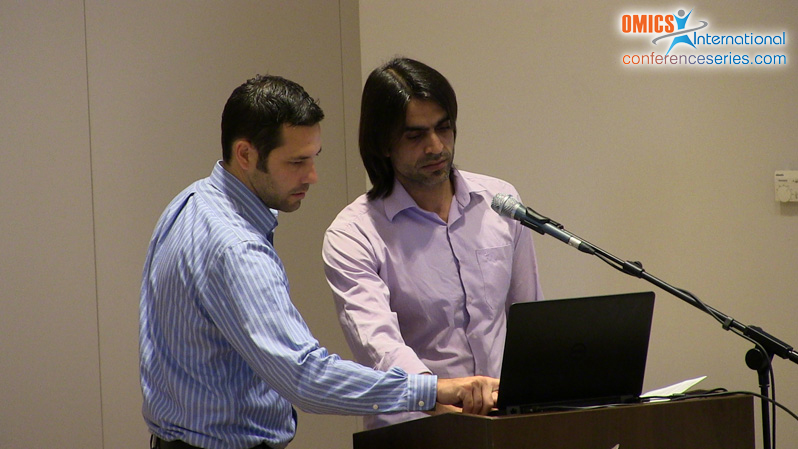
Arshad Islam
Universidade Federal de Minas Gerais, Brazil
Title: Nanosystems formed by amphiphilic antimony(v) complexes incorporating amphotericin B for the treatment leishmaniasis
Biography
Biography: Arshad Islam
Abstract
This work aimed to developan oral formulation of amphotericin B (AmB) for treatment of leishmaniasis. AmB is an antifungal and antibacterial macrolide polyenederived from Streptomyces nodosus strain, that belongs to the group of second generation anti-leishmanial drugs and is extensively used in case of failures in the treatment with antimonial compounds. AmB was incorporated into nanosystems formed by amphiphilic antimony(V) complexes with ligands of alkylmethylglucamide series (L8 and L10, with 8 and 10 carbon chain, respectively). Incorporation rate of 0.2% AmB into SbL8 and SbL10 dispersions was determined using an HPLC-based technique and was found to be 84±1% and 74±1%, respectively. The characterizarion of SbL10-AmB and SbL8-AmB by circular dichroism and UV-visible spectroscopies showed that AmB is present predominantly under the monomeric form in both SbL8 and Sb10 nanosystems, which is the least toxic form to the host and potentially most bioavailable. The potential for the oral treatment of visceral (VL) and cutaneous leishmaniasis (CL) was evaluated in murine models in comparison to the standard drug Anforicin B® or Glucantime® administered intraperitoneally or orally. In Balb/c mice infected with Leishmania amazonensis, the SbL10-AmB mixed formulation (170 mgSb/kg and 14 mg AmB/kg, each 2 days by oral route) resulted in a significant decrease of the lesion size, when compared to orally administetred Glucantime® and SbL10 (170 mg Sb/kg, each 2 days), Anforicin B® (>1mg/kg/each 5th day, by intraperitoneal route) and control saline group. In Balb/c mice infected with Leishmania infantum, both the SbL10-AmB and SbL8-AmB mixed formulations given orally (170 mg Sb/kg and 14 mg AmB/kg per day) reduced significantly the parasite load in the liver compared to the untreated control, to a similar level as AmB given intraperitoneally (0.9 mg/kg/day). This study established for the first time the potential of mixed SbL10-AmB and SbL8-AmB formulations for the oral treatment of both cutaneous and visceral leishmaniasis, indicating their potential for further development and applications.


